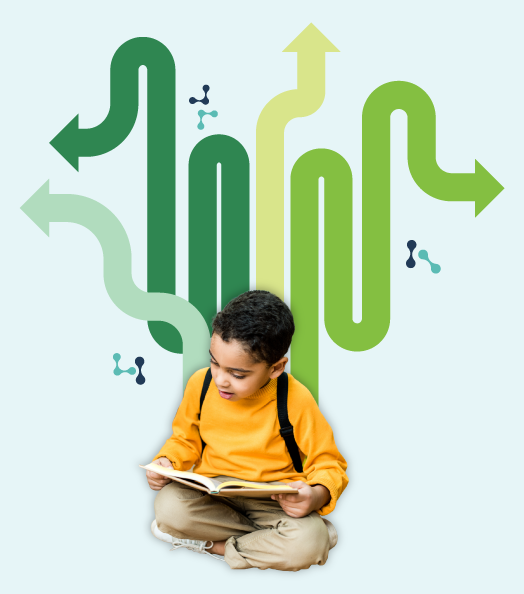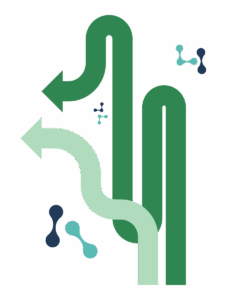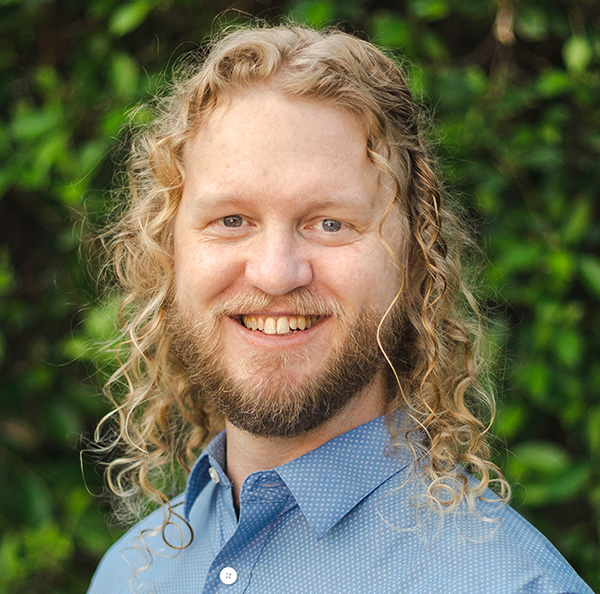When we think about self-assessment, it’s easy to imagine middle schoolers setting goals or high schoolers reflecting on rubrics. But what about our littlest learners, kindergarteners and first graders, who are just beginning to develop metacognition? Can they really self-assess?
The answer is yes, if we teach it as a guided, joyful routine. When teaching young learners, it’s crucial we remember that “developmentally appropriate” is not what, but how we teach. For these learners, self-assessment isn’t about formal rubrics or detailed reflections. It’s about building habits of noticing, naming, and nudging forward. In other words, teaching them to see their own learning.
Why Self-Assessment Matters Early
Fostering deep learning begins with small, intentional steps that nurture reflection, voice, and identity. Metacognition, the ability to reflect on one’s own thinking, starts developing remarkably early, with young children demonstrating awareness of what they know or don’t know as early as age two or three. According to researcher John Flavell, by preschool (around age 4 or 5), children begin to build basic metacognitive structures, such as monitoring their certainty or uncertainty, and expressing their understanding of tasks.
When we support students in noticing how they think, encourage them to assess their own progress, and help them see the value of their growth, these foundational skills can be nurtured and enhanced. The points below highlight how metacognition, agency, and equity take shape in the classroom and why fostering growth during these formative years is so impactful.
- Metacognition starts small. Children as young as five can reflect when we model and scaffold.
- Agency grows from voice. Self-assessment helps them realize they are not just “receivers” of knowledge but active learners.
- Equity is anchored in identity. When students learn to name their own growth, they start believing “my learning matters.”
Guiding Principles for K–1 Self-Assessment
Here’s the good news: even our littlest learners can self-assess, joyfully and accurately, when we make the thinking visible. If we model our own check-ups (“Oops, I forgot a capital letter. Let me fix that”), use touchable visuals, and invite quick partner talks, K–1 students learn to notice progress, not perfection. Self-assessment becomes a community routine that grows agency: “What went well? What’s my next try?”
- Model constantly. Think-alouds that show how you check work: “Oops, I forgot a capital letter—let me fix that.”
- Keep it concrete. Use visuals, gestures, and examples that students can touch or see.
- Celebrate growth, not perfection. Frame it as noticing progress.
- Anchor it in community. Use circle time or partner talks to share reflections.
Co-Constructing Success Criteria for Complex, Prioritized Goals
When a goal is high-leverage and complex—e.g., writing events in order, explaining a math strategy, or running an investigation—pause instruction to build the success criteria with students. We don’t invent criteria; we surface them from quality examples and non-examples, then name them in kid-friendly language (Bloomberg et al. 2023).
A Quick Co-Construction Routine (≈10 minutes)
- Set the purpose (1 min).
- “Our goal today is tell events in order in my story. We’ll study examples to decide what makes that work go well.”
- Notice with contrast (3 min).
- Show a quality example and a non-example side-by-side.
- Prompts: “What helps the reader?” “What’s missing?” “Say because.”
- Draft & test criteria (3 min).
- Turn noticings into 2–4 ‘I can…’ statements.
- Test them on both samples; refine wording until kids can apply them accurately.
- Make it visible (2 min).
- Create a single-point anchor with icons/gestures and, when helpful, home-language labels.
- Try it + self-check (1 min).
- Students work briefly, then point to each criterion and say: ✅ yes / 🌱 growing / 🆘 need help.
Treat non-examples as “not yet” drafts. Ask, “What one change would move this toward our class criteria?”
Teacher–Student language
- Teacher: “What makes this one clearer? Use because.”
- Student: “It’s clearer because it says ‘First/Then/Next.’”
- Teacher: “So one criterion is: I can tell events in order. What picture should we use?”
- Student: “Numbers! 1-2-3!”
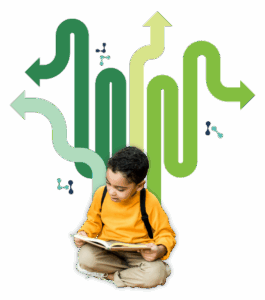 What Can K–1 Students Self-Assess?
What Can K–1 Students Self-Assess?
Even our youngest learners can begin to take ownership of their learning when we give them clear, simple ways to self-assess. These examples connect directly to early standards while staying kid-friendly and practical. Each one includes:
- Student Voice – what learners might say about their own work in simple language.
- Suggested Tools – a visual or tactile support that helps them check and monitor progress.
By pairing “I can” statements with checklists, scales, and symbols, we help students develop habits of reflection and build independence. Check out the examples below, and watch for the next section, which shares routines and protocols for checking that can be used across subjects.
Writing sentences & early paragraphs (CCSS)
- “I started with a capital and ended with punctuation.” (L.K.2a–b)
- “My words match my picture/idea.” (W.K.2)
- “I used finger spaces and wrote left-to-right.” (RF.K.1)
- Grade 1: “My story has events in order using first/then/next.” (W.1.3)
Suggested Tools: 4-icon checklist (🅰️ capital, ␣ space, 🔊 sound-it-out, ⏹️ end mark), “Show-me” card to point to each feature.
Letter formation (CCSS)
- “I can print these letters accurately on the line.” (L.K.1a: print many; L.1.1a: print all upper-/lowercase)
Suggested Tool: Name card tracing → independent “green dot” next to letters formed correctly.
Counting & comparing (CCSS)
- Kindergarten: “I touched and counted each object once.” (K.CC.B.4)
- “I can count to 20/100.” (K.CC.A.1)
- Grade 1: “I can count to 120 and write the numbers.” (1.NBT.1)
Suggested Tool: One-to-one “tracking dots,” self-check “Did I count them all?” card.
Problem solving in math (CCSS + Math Practices)
- “I chose a strategy (cubes, drawing, number path) and checked with a second strategy.” (K.OA.1–2; 1.OA.1; MP1 persevere)
Suggested Tools: Strategy menu with icons; two-box reflection: “My first try/My check.”
Sorting & patterns (CCSS + NGSS)
- “I sorted by a rule and can tell the rule.” (K.MD.3)
- “I noticed or extended an AB/ABC pattern.” (NGSS Crosscutting Concept: Patterns)
- “I recorded weather over days and saw a pattern.” (K-ESS2-1)
Suggested Tools: Pattern bracelets/cards; weekly weather chart with picture symbols.
Science investigations (NGSS)
- “I followed the steps safely and drew what I observed.” (SEPs: Plan/Carry Out; Analyze & Interpret)
- Grade 1 design task: “My device uses light/sound to solve a problem.” (1-PS4-4)
Suggested Tool: “Test & Tweak” smiley scale: Not yet 🤔 → Getting there 🙂 → Works! 😃
Community & talk moves (C3)
- “I listened, took turns, and built on a friend’s idea.” (C3 D2.Civ.9.K–2)
- “I followed our class agreements and helped the group.” (C3 D2.Civ.7.K–2)
- “I asked a helpful question about our topic.” (C3 D1.1.K–2)
Suggested Tool: Discussion placemats with icons such as: 👂 listen, ✋ take turns, 💬 add on.
Here are a few kid-friendly scales you can use anywhere:
- Thumbs up 👍, sideways 👉, down 👎,
- Traffic light (🟢 ready, 🟡 almost, 🔴 not yet), or a
- 3-step ladder (Try 👷♀️ → Grow 🌱 → Glow 🌟).
Routines & Protocols You Can Teach with Visuals
We have collected a few classroom-ready routines with icons and sentence frames you can post as anchor charts, share as personal reminders at desks or in folders or journals, and use again and again.
1. Thumbs Check 👍👌👎
Visuals: hand showing thumbs up, sideways, down.
How it works: After an activity, ask: “How did you do?”
- 👍 = I did it well.
- 👌 = I’m still learning.
- 👎 = I need help.
Sentence Frames:
- “I did it well.”
- “I’m still learning.”
- “I need help.”
2. Two Stars and a Wish ✨✨🌠
Visuals: ⭐ ⭐ 🌠
How it works: Show an example of student work (big book, chart, shared writing). Together, name two things the student did well (stars) and one thing to work on (wish). Then transition to personal reflection.
Sentence Frames:
- “I like how I…” (⭐)
- “Another star is…” (⭐)
- “I wish I could…” (🌠)
3. Traffic Lights 🚦
Visuals: red, yellow, green circles.
How it works: Students place a card or sticky note after a task.
- 🟢 = I got it.
- 🟡 = I’m on my way.
- 🔴 = I need help.
Sentence Frames:
- “I got it!”
- “I’m on my way.”
- “I need help.”
4. Learning Partner Mirrors 🪞👯💬
Visuals: two stick figures with speech bubbles.
How it works: Pair students. Each shares one thing they’re proud of and one thing they want to try differently.
Sentence Frames:
- “I like how I…”
- “Next time, I want to…”
- “My partner noticed I…”
5. Self-Assessment Journals 📓✏️
Visuals (icons for checklists):
- ✏️ neat writing
- 👂 good listening
- 🧠 tried my best thinking
- 😀 kind to others
How it works: Students circle or color icons at the end of a lesson to reflect.
Sentence Frames:
- “I circled the picture because I…”
- “Next time, I will…”
6. Goal Garden 🌸💧
Visuals: flower with petals + water drops.
How it works: Each child has a flower on a bulletin board. Petals = new skills they are working on (like “use finger spaces”). When they practice self-assessment, they “water” their flower by coloring a drop.
Sentence Frames:
- “My goal petal is…”
- “I watered my flower when I…”
- “I am growing in…”
Teacher Moves that Make the Difference
Effective teaching is shaped by small, practical strategies that create powerful moments of growth for students. By intentionally highlighting success criteria, using shared examples, and celebrating learning from mistakes, teachers help students build metacognitive habits and a growth mindset.
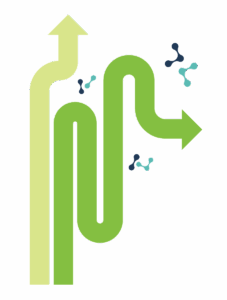
The following list outlines teacher moves that make a meaningful difference in helping students reflect, assess, and persevere as learners.
- Narrate the noticing. “I saw Mia check her work before saying she was finished. That’s self-assessment!”
- Use shared examples often. Post anchor papers or photos of student work. Guide kids through noticing what’s strong and what could grow.
- Normalize mistakes. Remind students: “Self-assessment is not about being perfect, it’s about getting better.”
Closing
When we teach self-assessment in the primary grades, we aren’t just helping kids fix spelling or add details to drawings. We are nurturing the foundation of learner identity: “I can look at my work, think about it, and make it better.”
These small routines, thumbs checks, traffic lights, stars, and wishes, help little ones practice the beginnings of metacognition. With time, these early seeds will grow into lifelong habits of reflection and agency.
Want to see how self-assessment connects to the bigger picture of building student efficacy and agency? Explore how Impact Teams cultivate reflection, collaboration, and metacognition across grade levels.
References:
- Flavell, J. H. (1979). Metacognition and cognitive monitoring: A new area of cognitive-developmental inquiry. American Psychologist, 34(10), 906–911
- Bloomberg, P. J., Vandas, K., Twyman, I., Dukes, V., Carrillo Fairchild, R., Hamilton, C., & Wells, I. (2023). Amplify learner voice through culturally responsive and sustaining assessment. Mimi & Todd Press.


